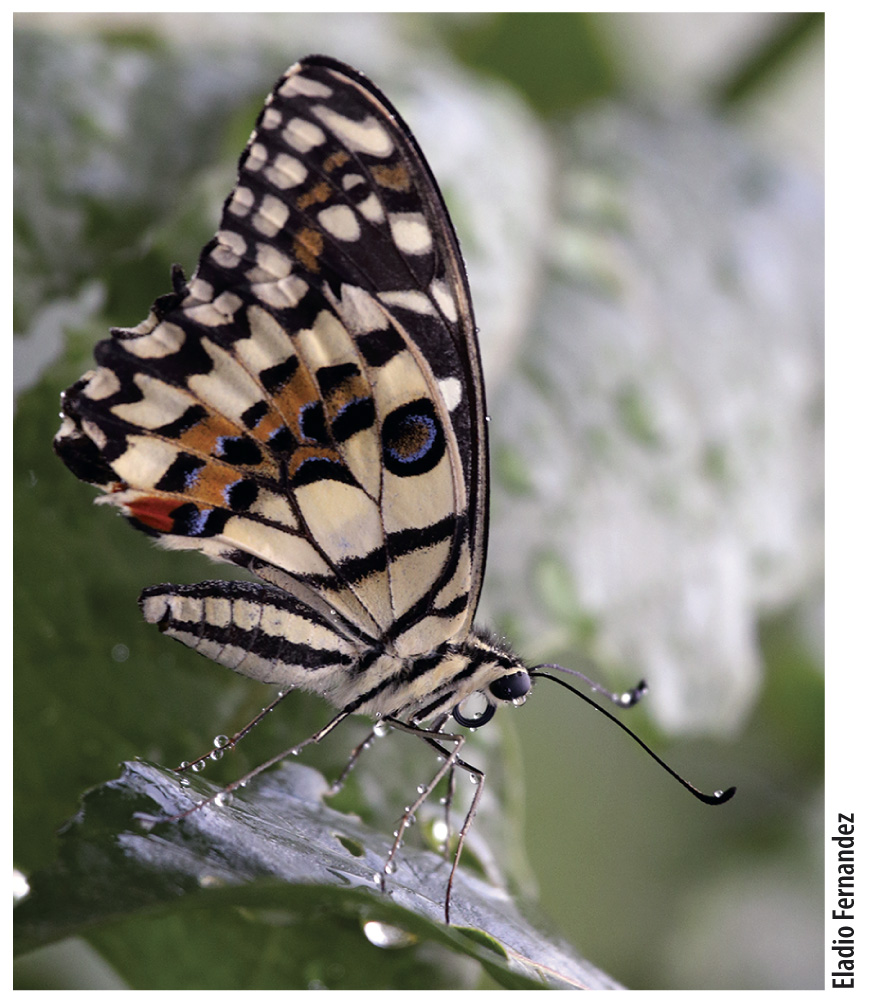Chapter 46 Introduction
1003
CHAPTER 46
Population Ecology

Core Concepts
- A population consists of all the individuals of a given species that live and reproduce in a particular place.
- Population size can increase or decrease over time.
- The age structure of a population helps ecologists understand past changes and predict future changes in population size.
- The dynamics of populations are influenced by the colonization and extinction of smaller, interconnected populations that make up a metapopulation.
1004
In 2004, undergraduates on a field trip to the Dominican Republic, on the island of Hispaniola, swept up an unfamiliar black-
Soon, Lime Swallowtails spread to all corners of Hispaniola, a serious concern because their caterpillars strip the leaves off young lime and orange trees. Within 3 years, the Lime Swallowtail had also established itself in nearby Puerto Rico and Jamaica, and it has now reached Cuba. From there, it is just a short flight to Florida and the multibillion-
Ecology is the study of the relationships of organisms to one another and to the environment. Ecological relationships sustain a flow of energy and materials from the sun, Earth, and atmosphere through organisms, with carbon and other elements eventually returning to the environment (Chapter 25). It is these interactions that determine the shifting ranges of Lime Swallowtails and other species on Earth.
In previous chapters, we discussed the anatomical, physiological, reproductive, and behavioral characteristics of organisms. These attributes are the products of evolution, and they determine the ways in which individual organisms interact with their physical and biological environment. Physical, or abiotic, factors that influence evolution include climate and nutrient availability. Biological, or biotic, factors include competitors, predators, parasites, and prey, as well as organisms that provide shelter or food.
In the following chapters, we develop the ideas of ecology in the context of interactions between organisms and species, and of the different strategies they can follow to ensure their survival and fitness. We trace the processes that govern interactions from the level of the evolved traits of individual organisms to the continent-